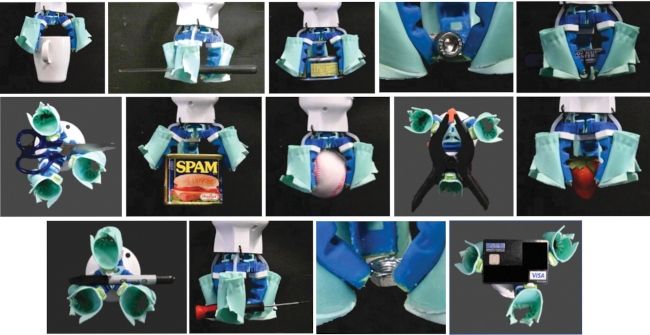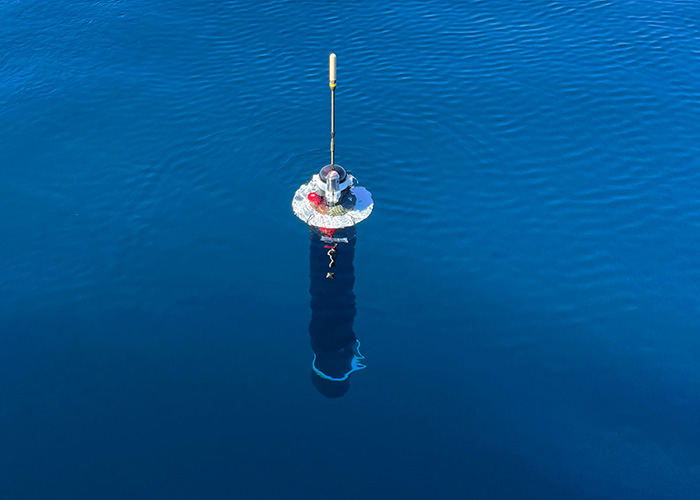Scientists at the California Institute of Technology have built a robot that can do something straight out of a science fiction movie - transform from a flying drone into a wheeled vehicle while still in mid-air. The robot, called ATMO (short for Aerially Transforming Morphobot), weighs about 12 pounds and can switch between flying and rolling across the ground. What makes it special is that it doesn't need to land first before changing its shape.
How It Works
ATMO looks like a regular drone when flying, with four propellers spread out horizontally to keep it in the air. But when it's time to land, those same propellers fold downward to become wheels while the robot is still flying.
The propellers have protective covers around them that turn into rubber-treaded wheel rims when they fold down. Once on the ground, belt drives spin the wheels to make the robot roll around like a remote-controlled car.
Solving a Real Problem
This design fixes a major issue with earlier robots that tried to do the same thing. Previous models, like Caltech's M4 robot, had to land first and then fold their propellers down to become wheels. But if there were rocks, grass, or other obstacles on the ground, the propellers couldn't fold properly.
ATMO solves this by transforming while still in the air, so it lands with its wheels already in position and ready to roll over any obstacles.
The Technical Challenge
Making this transformation work wasn't easy. As the propellers change angle during flight, the way air flows around them changes too. When the robot gets close to the ground, the air pushed down by the propellers bounces back up, creating even more changes in how the robot flies.
The engineering team had to create a special computer program that constantly adjusts how much power each propeller gets to keep the robot stable during its mid-air transformation.
"As soon as the robot starts morphing, you get different dynamic couplings – different forces interacting with one another," explained Ioannis Mandralis, the lead researcher on the project. "And the control system has to be able to respond quickly to all of that."
Why This Matters
Robots that can both fly and drive could be very useful in many situations. They could inspect buildings by flying up to high places and then rolling around inside. Search and rescue teams could use them to cover large areas quickly by air, then switch to ground mode to navigate through tight spaces.
The ATMO robot measures about 6 inches tall and 26 inches wide when configured for flying. While it's still in the research phase, this technology could lead to more versatile robots that can adapt to different environments without human help.
This breakthrough shows how engineers are getting closer to creating truly adaptable machines that can handle multiple tasks with a single device, rather than needing separate robots for flying and ground operations.


















